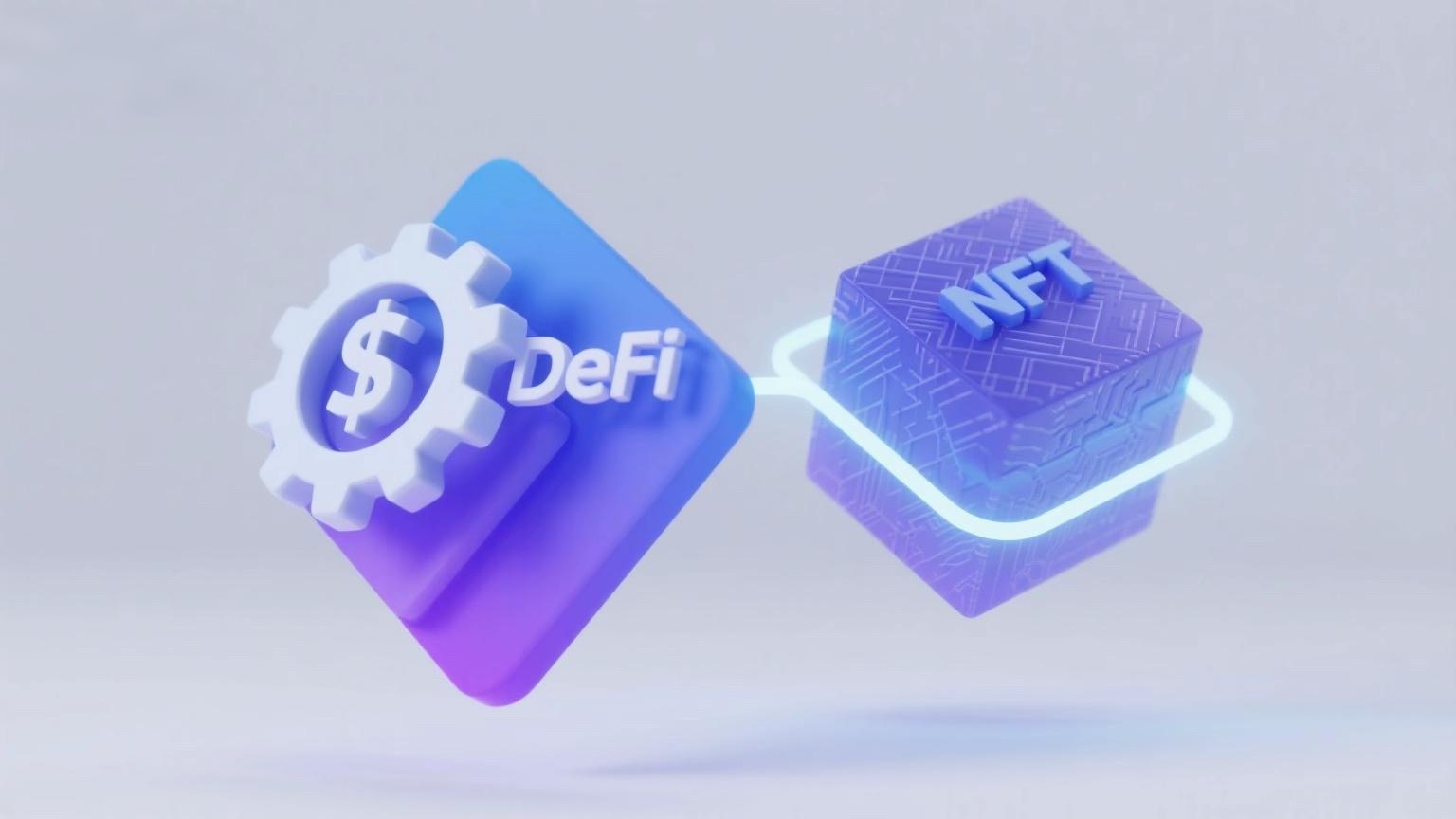
Index Funds
Over the past decade, index-based investing has gained immense popularity in traditional financial markets because it offers a transparent and low-cost way to achieve diversified exposure across multiple markets.
Similarly, NFT-focused index funds allow investors to buy a category of NFTs without needing to evaluate individual NFTs.
NFTX is an index fund specifically targeting crypto collectibles (e.g., Cryptopunks). Each fund is backed by an NFT—for example, holders of PUNK-ZOMBIE ERC20 can redeem a Zombie-style Cryptopunk from the pool at any time.
NFT index funds also improve the liquidity and price discovery of the underlying NFTs by tapping into user demand and facilitating trading activity.
Rental
Sometimes, people prefer renting art rather than buying it. This practice has been prevalent in the art world for decades. For instance, the Museum of Modern Art has been offering art rental services since 1957. Artists and collectors gain a new revenue stream, while renters can temporarily own a piece of art at a fraction of the cost.
The rental model can also be applied to art and NFTs. Currently, ReNFT is building a peer-to-peer NFT rental marketplace. Like most DeFi protocols in the crypto space, ReNFT currently uses an over-collateralization model, where renters must stake crypto assets equal to the market value of the rented NFT and pay an additional rental fee. However, the EIP-2615 proposal has introduced improvements at the protocol level by introducing ERC-2615 tokens with built-in rental functionality, eliminating the need for collateral.
The gaming project Yield Guild Games employs a slightly different rental model, where it rents Axies to new players in exchange for a portion of the SLP token rewards they earn in the game. Essentially, players are renting Axies using a share of their future earnings.
Synthetics
Synthetic assets are financial instruments that simulate other financial instruments. While most NFTs are not financial instruments in the traditional sense, this concept can still be used to enhance their liquidity and lower market entry barriers.
One issue with minting NFTs across multiple blockchains is that it increases the difficulty of purchasing NFTs. Additionally, some buyers may only want to speculate on the price of an NFT without actually owning it. For these users, synthetic price exposure to an NFT can be provided. For example, a price oracle mechanism can be used to offer Ethereum users exposure to the price of NBA Topshot assets on Flow.
That said, some NFTs, such as Uniswap V3 LP positions, are indeed financial instruments. From this perspective, multiple LP positions can be combined to replicate the payoff structures of various derivatives.
















